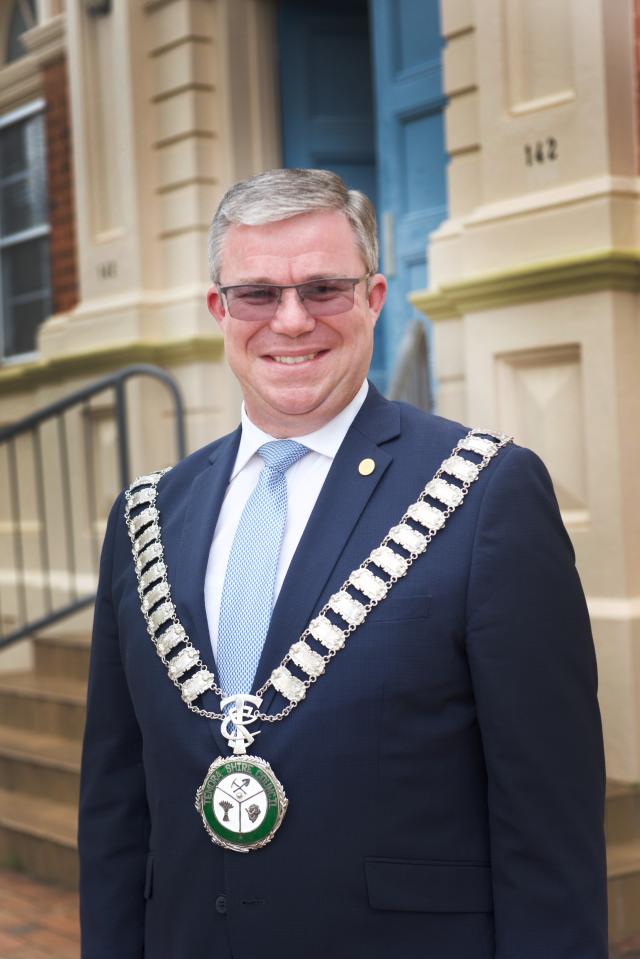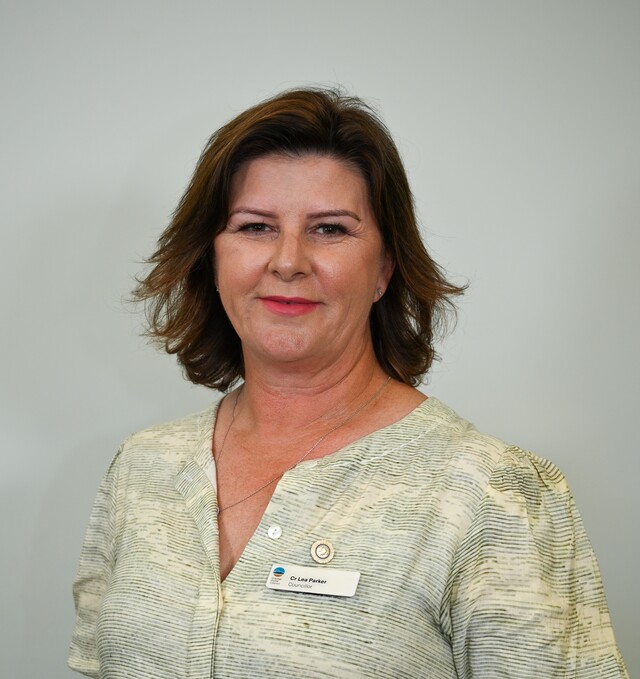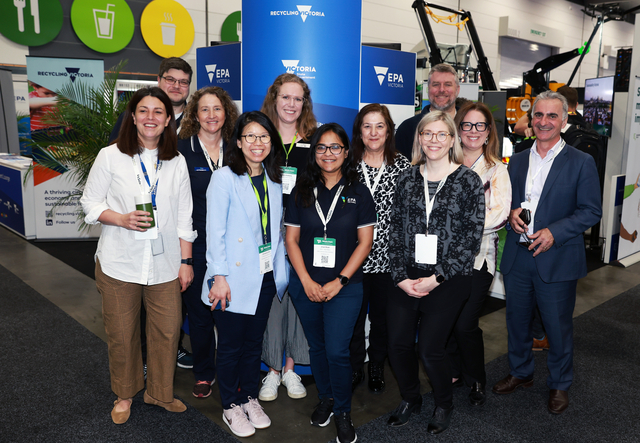Three Western Australian councils are in their sixth year of sharing IT staff and other IT resources, under a memorandum of understanding (MOU) that is providing expert services, cost efficiencies and consistency across the region.
Located in southwestern Western Australia, the Shires of Harvey, Dardanup, and Donnybrook-Balingup entered into the MOU in 2004, with the view of sharing IT services to better meet their growing
ICT needs.
At that time, none of the councils had an IT specialist other than contractors, which were used when needed, resulting in continuing scenarios of ‘putting out fires’ and ‘bandaid’ fixes.
The IT Infrastructure was old, broadband was not being used or was not installed at all, remote access was unavailable and no documentation existed to outline what each council was using.
There was also a lack of consistency in terms of hardware and software at each council, let alone across the region. Security was minimal, backups were not performed properly, and in most cases, internal emails did not exist.
Under the MOU, Stephen Eaton was appointed as the shared IT Officer for the three councils to address these problems.
One of his first tasks was to audit all three councils and document their networks and assets. From there, business continuity plans and a disaster recovery plan were developed, with backup becoming a key focus.
Following this initial phase of assessment, broadband and firewalls were installed, the network was secured using antivirus software, and the concept of remote support was introduced to address problems when they arose, rather than letting them snowball.
ISDN wide area networks (WANs) were also replaced with wireless WANs, which greatly improved speed and consistency and delivered considerable cost savings.
Further cost savings have also been gained by integrating all internal telephone communications with VOIP links across the wireless WANs.
Stephen Eaton said he introduced a job tracking system and taught staff how to lodge their request for a maintenance requirement using the internal website.
“This not only gave everyone a visual indication of my workload, but was key to justifying the need for more IT staff,” he said.
“With our main offices located 30 to 40 minutes from each other, it was difficult for me to keep on top of all problems, and remote support was not always possible.
“The job tracker allowed me to visually highlight this to the councils, and as a result, we now have two additional staff members providing close to 100 per cent site coverage on any day.
“It also means we have backup across the sites when one staff member takes leave or is sick.”
With an improved network infrastructure in tow, Stephen Eaton said consolidation was next on the agenda.
“We needed to get data off desktop computers and onto servers,” he said.
“In doing so, we upgraded our servers and implemented a standard setup for servers, desktops and laptops across the three councils.
“We also standardised software programs and developed common email and security policies allowing us to open up domain name email addresses for all staff.
“Where possible we use thin clients (computers reliant on a server for data processing) and with our server infrastructure we became an early adopter of XenSource XenServer (now Citrix XenServer) and moved to virtualisation to better use our server hardware.
“This means that we are able to run multiple virtual servers off a single physical server, providing many benefits, such as redundancy in terms of hardware failure, and it integrates well with our disaster recovery strategy.
“It also allows us to share the resources across multiple environments.
“Not only does this cut back on the amount of hardware we need to purchase and maintain, but it also saves time for IT support staff, as we now only have to develop solutions once before they can be rolled out across all three shires.”
Stephen Eaton said one of his personal goals over the next 18 months is to see the councils move towards IT Greening.
“I want to look at offsetting server room energy costs with an on grid solar PV system, and we are also looking to consolidate printers to standardise consumables and eventually get rid of all desktop printers,” he said.
“We’re also looking at IT tools that can be put in place to monitor the councils’ footprint and energy consumption by using wireless sensor networks.
“We want to make energy consumption levels visible to staff to encourage them to take ownership and start making small changes to their daily working routines.”
Under the MOU, all the IT staff are employed by the Shire of Dardanup and the three councils share the expenses of salaries, equipment, vehicles, training and so forth proportionally to the time spent at each site.
For further information contact Stephen Eaton by email at seaton@dardanup.wa.gov.au







